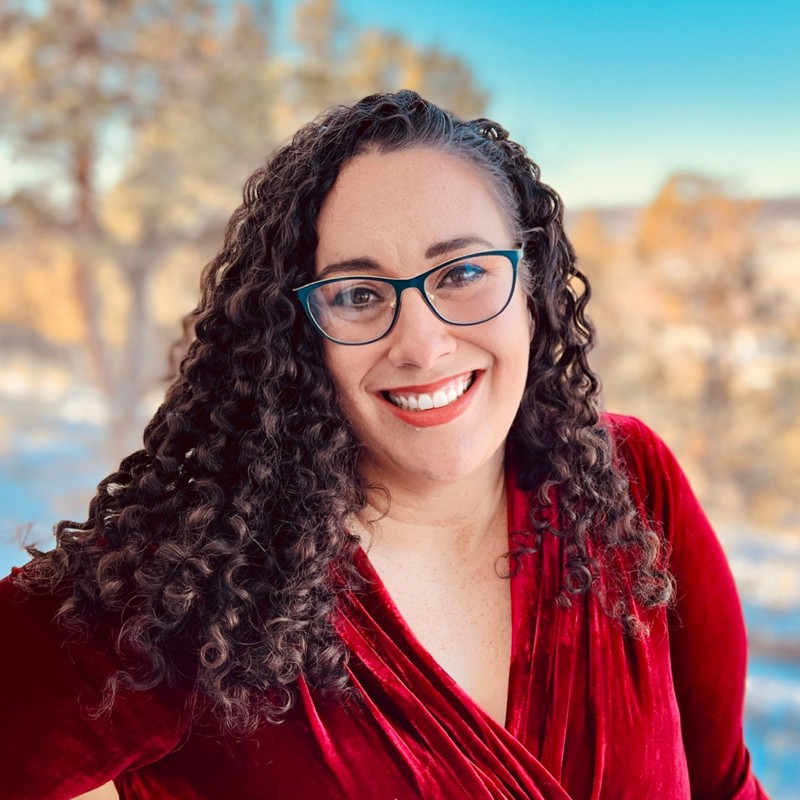Product
Learn more about the all-in-one, most powerful solution for community engagement
Our expert panel kicked off this session by sharing actionable strategies that community builders can implement to enhance inclusivity before opening up the floor up to audience questions.
Questions included:
Watch the on-demand webinar now for insights on how to build a more inclusive community.
Keep scrolling to explore some starting points to promote diversity and inclusion in your community.

Founder, C2M Digital

Startup Success Consultant, Chaotic Good Consulting

Senior Community Strategist, Hivebrite
Diversity, equity, and inclusion (DEI) is the practice of creating an environment that values and respects individuals of different backgrounds, ensuring equitable access to opportunities and resources, and fostering a culture where everyone feels welcomed and empowered to contribute.
Creating spaces that are diverse, inclusive, and equitable reflects a commitment to fairness and human rights.
Beyond being a matter of social responsibility, embracing DEI can significantly impact a community’s overall success.
Before we get into the “how” let’s explore the “why”. Here’s a closer look at some of the benefits of promoting diversity and inclusion in your community:
Members from different backgrounds have different experiences and perspectives. This leads to more diversity of thought, which drives more creative ideas and vibrant discussions, fostering more innovation!
Quick stat: According to Boston Consulting Group, companies that had greater diversity among their leadership or management teams had 19% higher innovation revenue than those with less diverse leadership.
Members of different backgrounds and experiences can offer unique viewpoints and challenge each other’s assumptions and biases. This leads to more informed and fair decision making.
Quick stats: According to research by Cloverpop:
When all members of a community feel valued, they are more likely to engage. Diverse communities can also appeal to a wider audience and drive growth.
Quick stat: According to Deloitte, 83% of millennials are actively engaged at work when they believe the culture of their organization is inclusive.
When members feel valued and included, they are more likely to remain active and engaged in the community.
Quick stats: According to Great Place to Work, when employees feel like they belong at work they are:
According to Delloite, belonging at work can lead to:
Here are some starting points you can take to promote diversity and inclusion in your online community.
Identify the different communities within your community and ensure they are represented within the wider community. Actively seek diverse perspectives in leadership roles, moderators, and decision-making processes. What makes a community member different or similar to other members may include age, gender, religion, ethnicity, sexual orientation, geographic location, or neurodivergence.
Review the content shared within the community to ensure it represents diverse perspectives. This might involve analyzing the topics discussed, the authors of posts, and the portrayal of different groups in multimedia content. Use natural language processing tools to analyze community communications for biased or discriminatory language. Implement guidelines for inclusive language use and provide resources for members to educate themselves on the importance of respectful communication.
Conduct an accessibility audit of the online community platform to ensure it meets WCAG standards. This could involve checking for features like alt text for images, keyboard navigation options, and compatibility with screen readers.
Review and update community guidelines to explicitly prohibit discrimination and harassment based on factors like race, gender identity, sexual orientation, religion, and disability. Ensure moderation policies are in place to address violations promptly and fairly.
Track engagement metrics broken down by demographic groups to identify any disparities in participation rates or interactions. This data can help pinpoint areas where certain groups may feel marginalized or underrepresented.
Conduct regular feedback surveys specifically asking about inclusivity and diversity within the community. Additionally, provide anonymous channels for members to report instances of discrimination or exclusion.
Offer webinars or workshops on DEI topics like unconscious bias, cultural competency, and inclusive language. Encourage community moderators to undergo training to better handle diversity-related issues.
Review how resources such as funding for events, promotional opportunities for content, and access to community features are distributed among different groups. Ensure equitable access to resources and representation for marginalized members.
Evaluate potential partnerships with external organizations to ensure they align with the community’s values of diversity, equity, and inclusion. Look for opportunities to collaborate with groups representing underrepresented communities and promote inclusive initiatives together.
Build a DEI committee composed of members interested in championing DEI in the community. The group can work with community leaders to propose and implement initiatives. Watch our on-demand webinar for more insights, tips, and strategies to help you build an inclusive community. For further insights on how to implement meaningful DEI strategies, download our guide: The crucial role of DEI in community building.